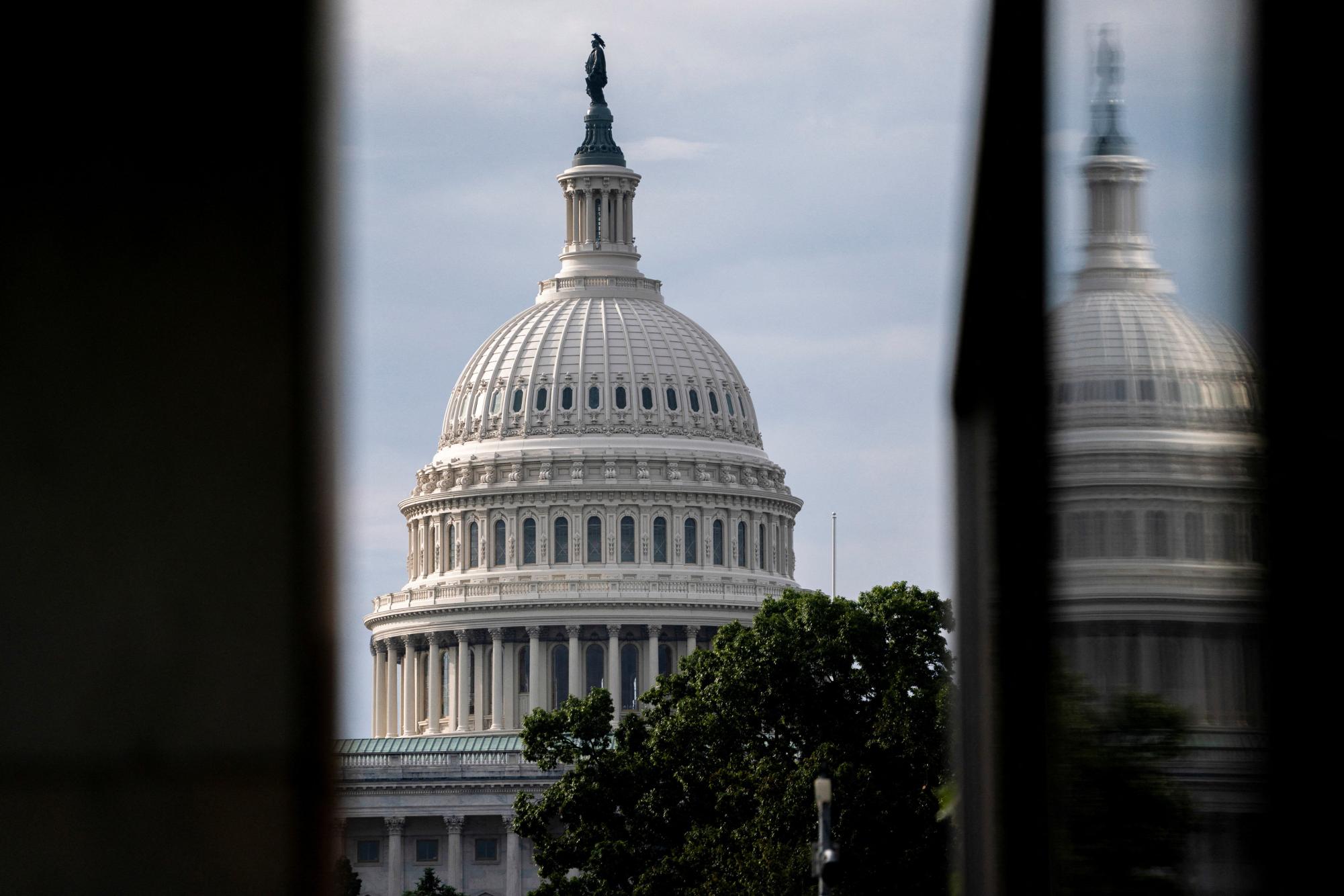A planned government shutdown took place on Oct. 1, after Congress failed to come up with an economic plan to support the different branches of government in the United States. Government shutdowns take place when Congress is not able to pass Appropriation Bills that finance both federal agencies and national programs by the end of the fiscal year, which ends on Sept. 30.
Every year, on the first Monday of Feb., the president submits the official budget to Congress and estimates what the general federal income and spending will be for the upcoming fiscal year. After this takes place, Congress has to pass Appropriation Bills, which are the official economic legislation, based on congressional priorities and what the president has recommended. If these needs are not met by Oct. 1, the government enacts a shutdown, similar to what is taking place right now. The last official shutdown occurred in 2019 and lasted 35 days. It was the longest federal shutdown in American history.
When shutdowns take place, all “non-essential workers” are sent home for the time and will return to being paid once the shutdown is over. Some of these affected workers are national park employees, staff at museums, and many are workers at government-funded organizations like NASA, the CDC, and the FDA. However, essential workers, such as law enforcement, emergency services, military, public healthcare, and the postal office, all continue to work.
Metea social studies teacher Maryanne Zears explains how this shutdown relates to education and high school students.
“I think the biggest struggle right now with education is that we’re trying to make sure that the kids that are sitting in front of us in government classes understand the long-term effects of this,” Zears said.
The current shutdown is taking place following a disagreement between Democrats and Republicans. As a result, the U.S. Senate is meeting daily to discuss and try to vote for a change in the shutdown. Both parties have different plans that they want to express, leading to this continuous disagreement.
According to the New York Times, the Republican Party is voting for funding at current levels to be extended to Nov. 21 and to provide $88 million for security for executive branch officials, Supreme Court justices, federal judges, and other congressional lawmakers. The Democratic Party is voting for the extension of funding at the current level to Oct. 31, permanently extending expiring Obamacare subsidies and reversing recent cuts to Medicaid and other health programs, limiting the president’s ability to freeze funds already approved by Congress. Zears mentions the impact of changes in healthcare on individuals and their families.
“I think a lot of it really is going to [be] how both sides decide to tackle the healthcare issue, because that’s the central focus of it all,” Zears said. “It can affect your parents and their health care, or it could affect our seniors. What does their health care look like once they go to college?”
The government shutdown has impacts on the U.S. economy and the government’s progress. This event could result in problems with employment and change the economic situation of the United States. According to USA Today, the possibility of a long shutdown duration could give Congress a reason to form a financial plan.
“A lengthy government shutdown would only complicate the employment picture, and possibly, further erode consumer confidence ― a reality that could give Congress more reason to settle matters, hopefully, well before 35 days,” USA Today said.
Overall, it’s important for students to understand what is going on with the government and how it affects them personally. Zears emphasizes the importance of this and what the teacher’s goals are when it comes to talking about and understanding political situations.
“I think the biggest thing is that we want kids to be looking at all of this information with a critical lens, not operating in just what you see on social media or what you see as a sound bite,” Zears said. “I don’t think [the shutdown] will be as long as the previous one, but I do think it’s gonna last longer than we’d like it to.”




